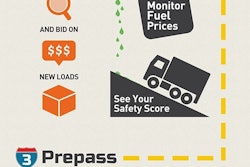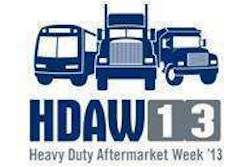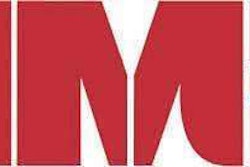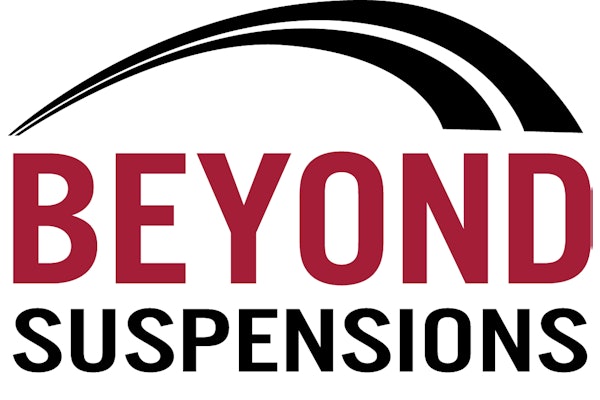First, know that I don’t have an ‘I-told-you-so’ bone in my body. But the November 2004 issue of Truck Parts & Service carried a column of mine detailing concerns with China as the end-all solution for supposedly price sensitive heavy-duty truck parts.
Most of the problematic scenario I painted there has come true. Occasional quality concerns, shifting currency valuations, evaporating government rebate support, a few earthquakes and tsunami and environmental concerns have lined up as a perfect storm to rain on the Chinese parade toward manufacturing dominance.
It remains clear that source of supply is an important issue. However, there are two ways to increase results in this market: improving how you buy and improving how you sell.
My personal opinion has always been that innovation in sales pays a far greater dividend (and lasts longer than) a purchase advantage. Customer service can become a virtually unassailable competitive advantage, whether the competition is another independent distributor or a dealer.
With these observations as background, there are some real questions (at least to me) of the value of private brands as a major distributor weapon in the heavy-duty truck parts wars.
We are not alone in facing this question. Total private label share of US retail sales approximate about 25 percent — a 50 percent increase over the past nine years. Wal-Mart has already achieved 40 percent of its sales on store brands and store brands are present in 95 percent of consumer product categories.
The simple reason that private brands are succeeding is that too many name brands lack the development skills to avoid becoming unchanging commodities that can be reverse engineered — quickly, accurately and cheaply — then made and sold for a lot less, without any perceived loss of value by the end user.
Distributors and groups have deployed a range of private labels that roughly fall into three historic patterns:
• The original, generic lines were typically of inferior quality and sold at the lowest price as a minimal solution (the 30/30 warranty, 30 feet or 30 seconds, which ever comes first). After declining to low levels of total sales, “value labels” are making a comeback with better quality augmented by unconditional (and never to be remembered) guarantees.
• About 50 percent of all private labels are “copy cat” products that clone the quality and look of the best selling brand items as close as is legally (mostly) possible. The automotive aftermarket is awash in these. They have killed the supplier margins necessary to support vital functions like tech training and sales support.
• Some groups are considering “premium” label heavy-duty products similar to “President’s Choice” in grocery chains or “Kirkland” at Costco. These products may actually be of better quality than the traditional national brand, but still sell for less. The trick here is critical mass and absolute supply chain control.
The long-term survivors in heavy-duty private brand efforts will be total supply chain value propositions with focused business models that allow deep discounts on both copycat and unique product brands (like Trader Joe’s and Ikea).
These players will grow the fastest, make the best return on assets, but private label will continue to be restricted by tight strategic scope.
To me, the real danger is that heavy-duty distributors will put too much emphasis on the better margin percentages that they get on private labels instead of focusing on the profit dollars generated to cover duplicate inventory and other costs.
Interestingly, studies have concluded that 50 percent of private brands are net losers from a profitability perspective — even though they have higher margin percentages built into their lower price.
Offering knock-offs of the most popular commodities at lower prices with fatter margin percentages has usually resulted in quick “new” sales. Four key questions persist:
• What percent of these are new sales are to fleets that were already buying the branded products that yielded almost the same total margin dollars (albeit at a lower margin percent times a higher price)?
• With long supply lines from Asia, plus container quantity shipments, are the clones really turning-and-earning with equal or better fill-rate satisfaction for customers that have switched from standard brands?
• Private labels can no longer be dismissed as a cheap and nasty alternative to the real thing. Must suppliers bow down before the all-powerful distributors, or can multi-level offerings exist?
• Brands are not dead, but premium brand manufacturers must fight to justify any price gap and perceived quality advantage. What does research tell us about the behavior of consumers and price instability?
Bill Wade is a partner at Wade & Partners and a heavy-duty aftermarket veteran. He is the author of Aftermarket Innovations. He can be reached at [email protected].











